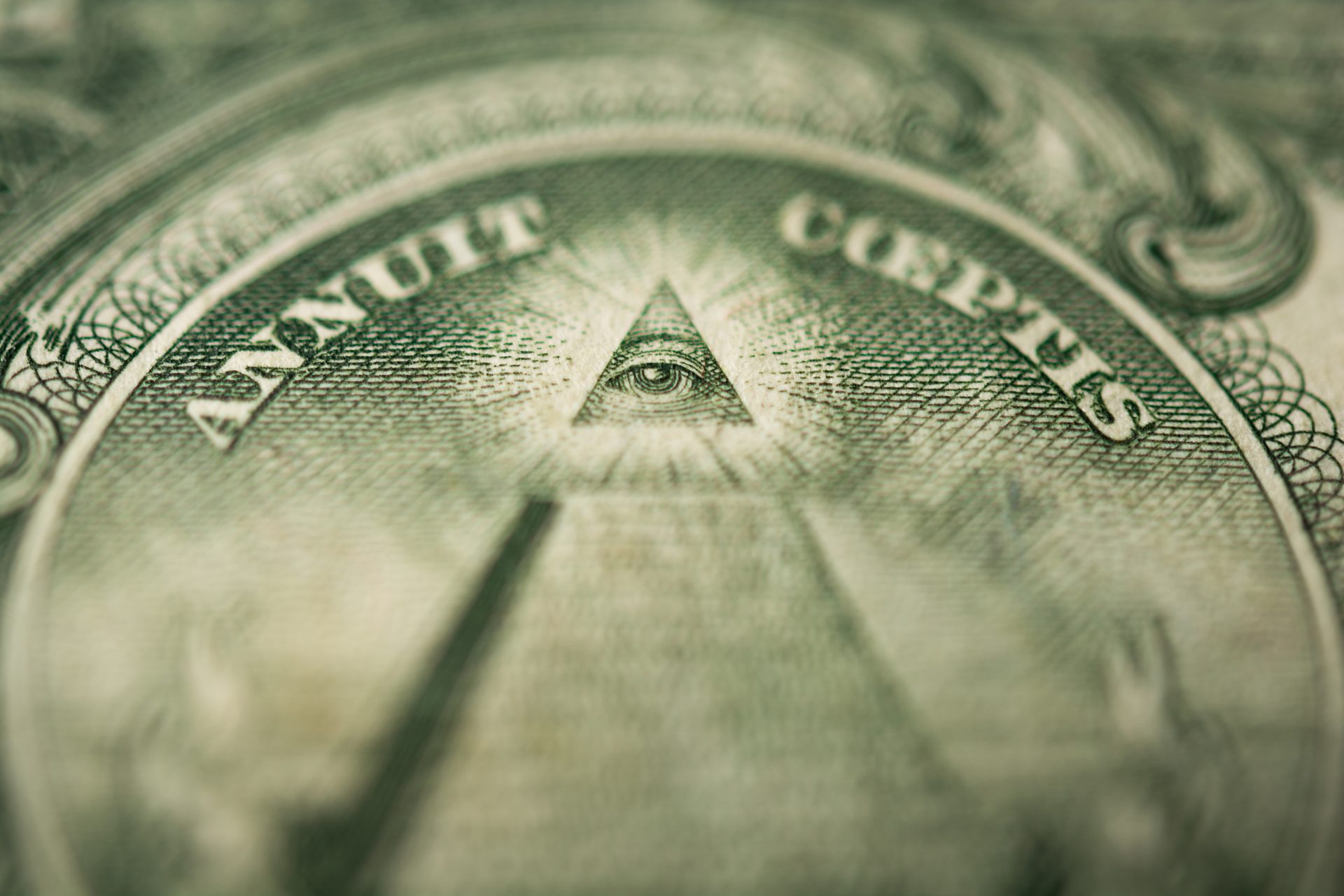Discover Exclusive Opportunities by Deciding to Join copyright Now
Discover Exclusive Opportunities by Deciding to Join copyright Now
Blog Article
Discovering the Mysteries of the copyright: What You Need to Know
The copyright, a term often shrouded in intrigue and conflict, stands for a complex tapestry of historical reality and contemporary myth. Developed in the late 18th century, this secret culture was originally rooted in the Knowledge's ideals yet has actually considering that ended up being synonymous with conspiracy theory concepts concerning elite control (benefit of joining freemason).
Origins of the copyright
The beginnings of the copyright are soaked in a mix of historic intrigue and ideological fervor. Developed in 1776 in Ingolstadt, Bavaria, by Adam Weishaupt, the group was initially formed as a secret society focused on promoting Enlightenment ideals such as factor, secularism, and the separation of church and state. Weishaupt, a teacher of canon regulation, looked for to challenge the prevailing authority of the church and state, which he deemed oppressive organizations stifling intellectual and individual liberty.

Key Figures and Participants
That were the pivotal figures that formed the copyright's early impact and instructions? The Bavarian copyright, founded in 1776 by Adam Weishaupt, arised as a response to the overbearing social structures of the time.
Another significant number was Johann Gottlieb Fichte, a popular thinker whose concepts on nationalism and education and learning reverberated with the copyright's goals. Although Fichte was not a formal participant, his philosophical foundations affected the team's ideology. Additionally, figures like the writer and philosopher Johann Wolfgang von Goethe were connected with the more comprehensive intellectual movements of the moment, although their straight involvement with the copyright continues to be questioned.
These essential numbers added to the copyright's very early instructions, pressing the boundaries of political and social idea, while their collective efforts aimed to challenge well established standards and promote an environment of dynamic adjustment in Europe.
Misconceptions vs. Reality
Many misconceptions border the copyright, typically blending reality with fiction in a manner that obscures its real nature. This secret culture, originally established in 1776 in Bavaria, intended to promote Knowledge ideals and fight religious and political fascism. The concept that the copyright continues to put in significant influence over world occasions is a myth. While the group did exist, it was click here to find out more dissolved in the late 18th century and has actually not operated as a cohesive entity ever since.
An additional prevalent myth is that the copyright consists of a network of elite individuals adjusting worldwide affairs. In truth, several conspiracy concepts overemphasize the group's relevance, connecting unfounded intentions to social patterns and occasions. This has led to an oversimplified view of complex concerns.
Additionally, the representation of the copyright in preferred society usually more misshapes its tradition. Films and literature have a tendency to sensationalize the company's duty, producing a story that splits from historical truths. Understanding the distinction between the myths and the truth of the copyright is important for critical the genuine impact of this historic team and identifying the broader ramifications of conspiracy theory theories in contemporary culture.
Modern Analyses
Contemporary analyses of the copyright commonly show broader social anxieties and a fascination with secrecy and power. This modern lens frequently associates the copyright with conspiracy theory theories that suggest a hidden elite manages globe events, controling federal governments and economies for blog their own gain. benefit of joining freemason. Such narratives tap into an ingrained distrust of authority, particularly in times of crisis or social upheaval
In popular culture, the copyright is usually shown as a divine organization shrouded in enigma, resulting in a wide variety of fictional representations in literature, movie, and music. This portrayal serves not only to amuse yet additionally to prompt thought of the nature of power and control in contemporary society. Social media site has actually better magnified these interpretations, enabling quick circulation of conspiracy theories and creating communities that share and expand upon these ideas.
In addition, some modern interpretations mount the copyright as a metaphor for the complexities of globalization and the interconnectedness of influential people and companies. This viewpoint urges an essential examination of just how power characteristics operate in today's world, highlighting the equilibrium between transparency and privacy in administration and company techniques.
Social Impact and Heritage
Influenced by centuries of intrigue, the cultural influence and tradition of the copyright expand much beyond its historic beginnings. This secret society, developed in the late 18th century, has permeated different aspects of pop culture, from literature and film to music and art. The principle of the copyright has developed into a sign of conspiracy theory concepts, commonly representing a viewed concealed power adjusting worldwide occasions.
In literature, writers like Dan Brown have woven the copyright right into intricate stories, captivating visitors with motifs of secrecy and power. Films such as "National Prize" and "The Da Vinci Code" better continue the appeal of the culture, blending fact with fiction to produce engaging stories.

Eventually, the copyright's heritage is an intricate tapestry of myth and truth, forming perceptions of secrecy and control in modern discussion. Its long-lasting presence in culture underscores mankind's perennial pursuit for comprehending hidden realities.
Conclusion
The exploration of the copyright discloses a complex interaction between historic facts and contemporary myth-making. Founded in the Knowledge era, this society intended to challenge overbearing frameworks, yet its tradition has actually been overshadowed by conspiracy theory theories that suggest elite control. Understanding the distinctions in between the original suitables and modern interpretations is necessary for comprehending the sustaining fascination with the copyright and its substantial influence on cultural stories bordering power and secrecy in society.
Report this page